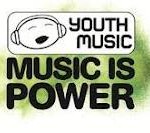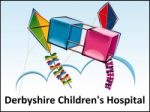Friday 29th June work at Derby Children’s Hospital
First thing in the morning, and Rich and I found ourselves starting our musical day as a duo this week – five string fiddle, voices, bodhran and ukelele. We began by playing in the open waiting room area of Sunflower Ward, where there were some staff and parents and grand parents conversing in sign. We played for a while, assessing the potential for moving into one of the pre/post op wards next door. After that piece we moved into one of these wards to play for two families waiting with young people in bed – there was much tapping of toes and nodding in approval of our music. Just when we thought we would end our Sunshine song and move on, a younger child returned from a procedure upset and crying, changing the mood on the ward completely. Rich and I matched the volume of the child and continued playing – the child connected with our music within 30 seconds and began to calm – there was good eye contact and visible relaxation of the patient and we then brought the volume and pace of our music down to take the mood to an even more relaxed state. Eyes began to close and parent and grandparents thanked us for being there – quite a special few moments!








